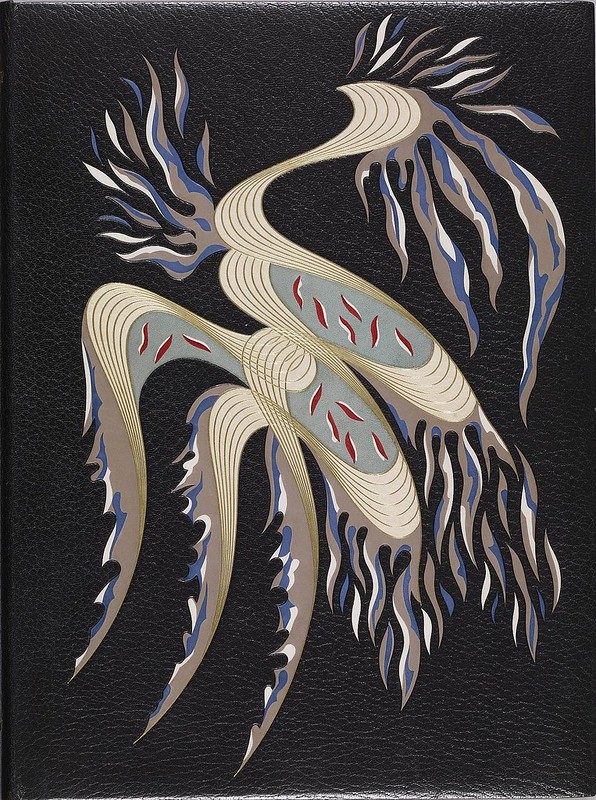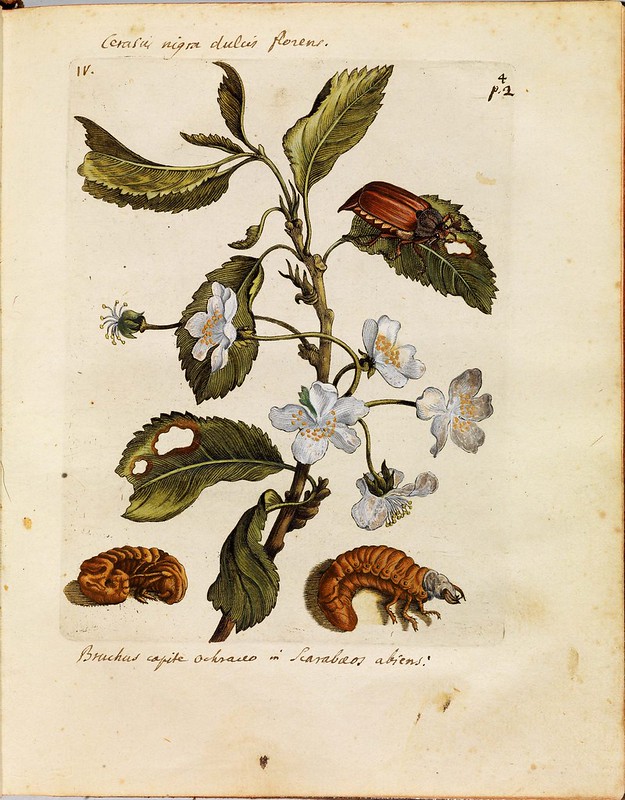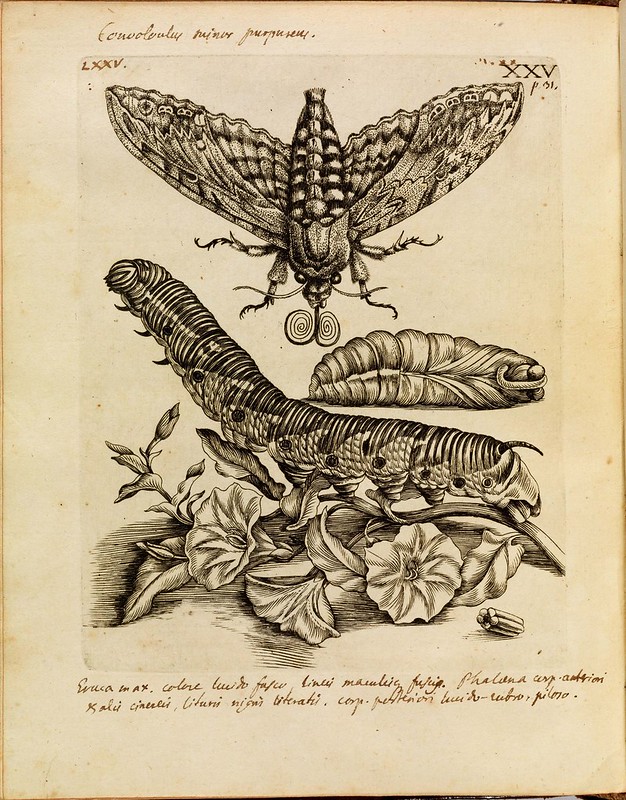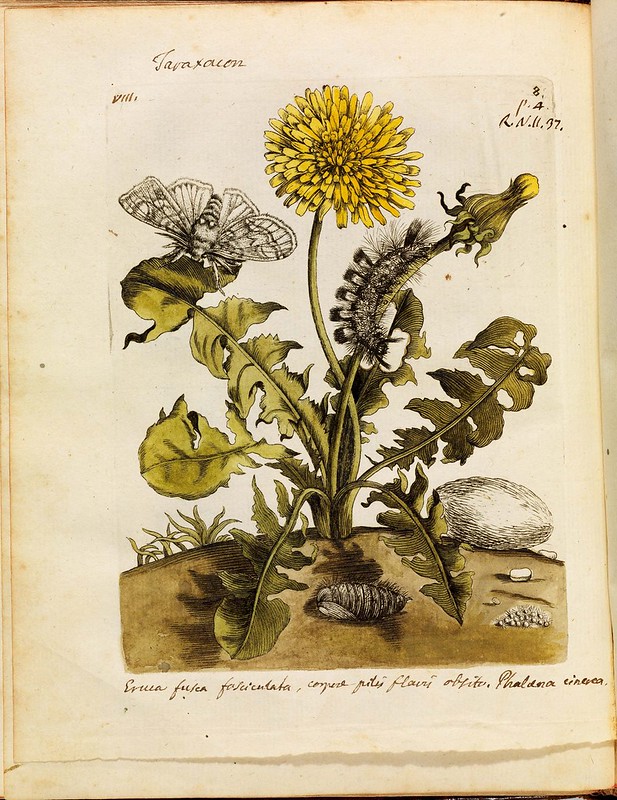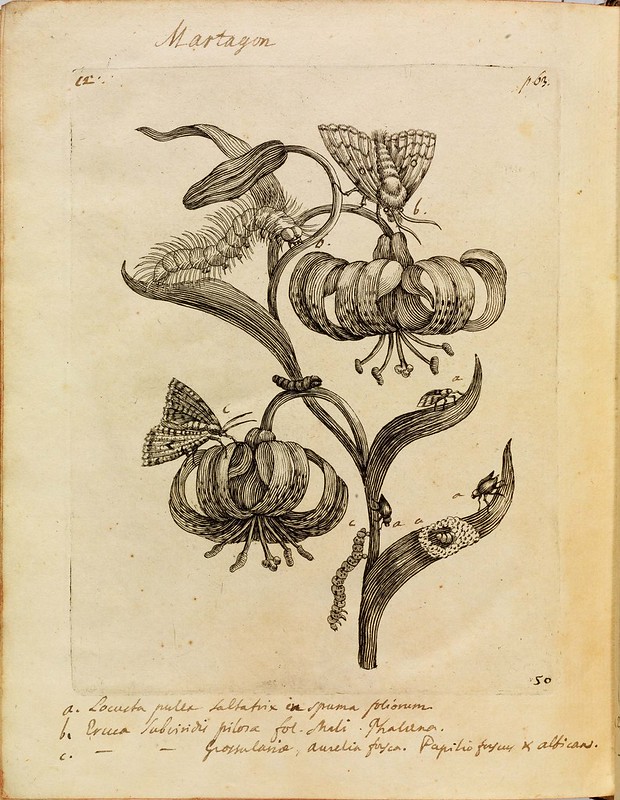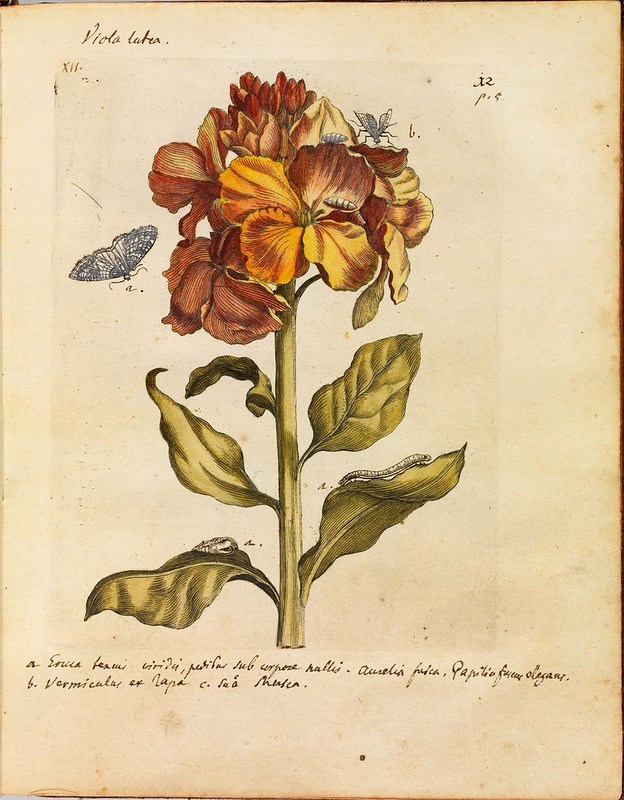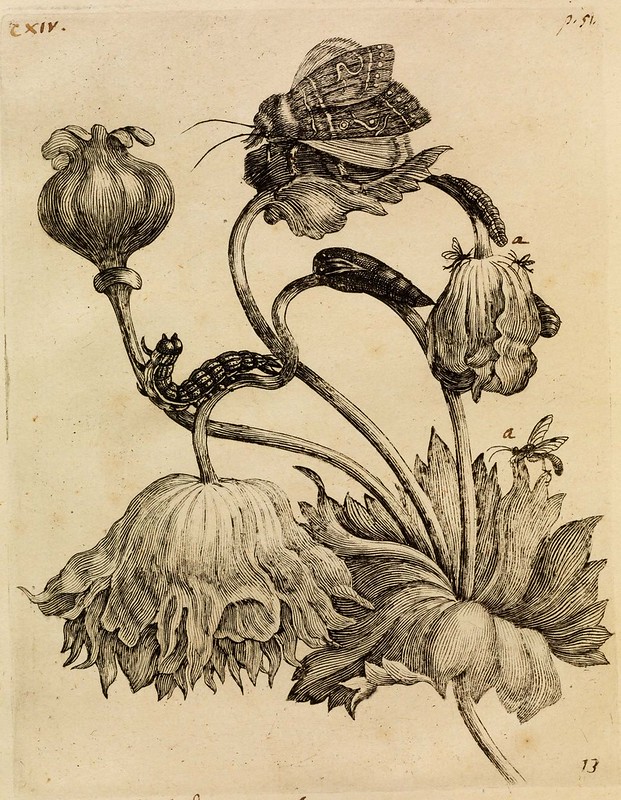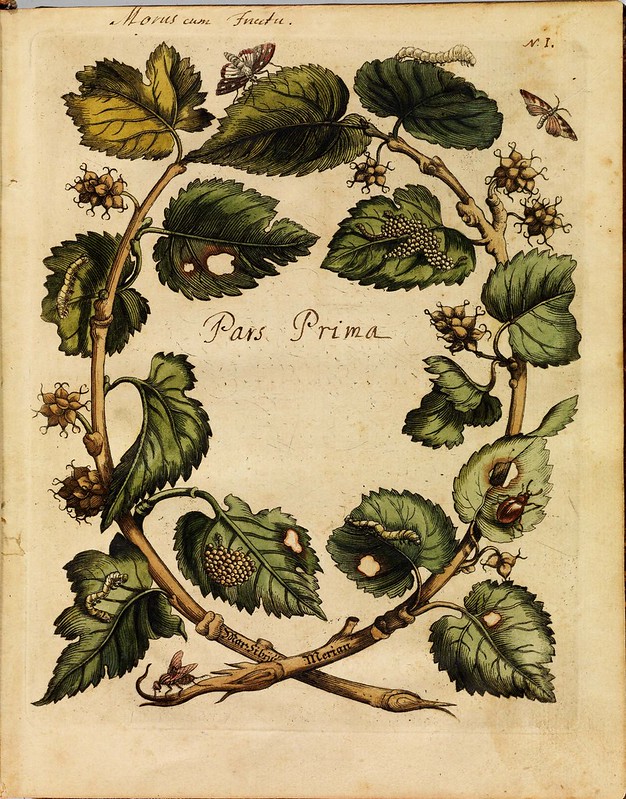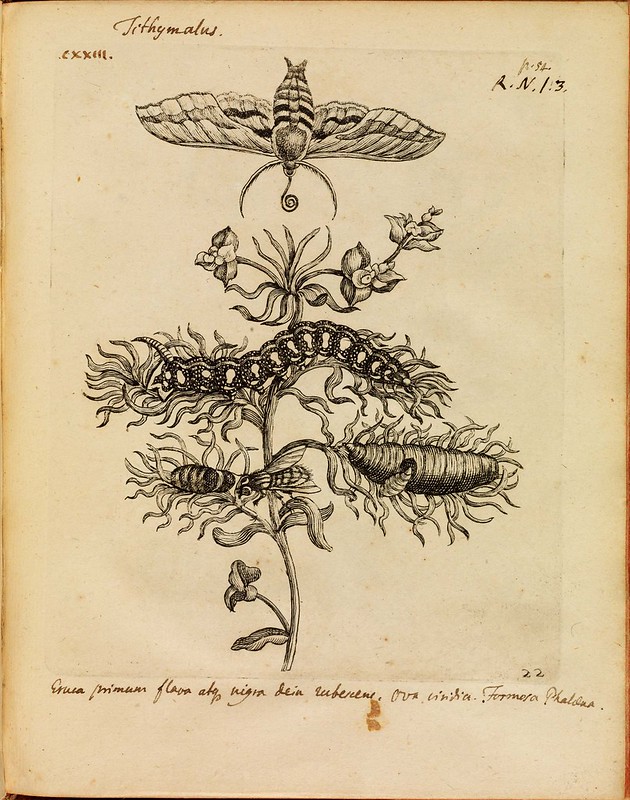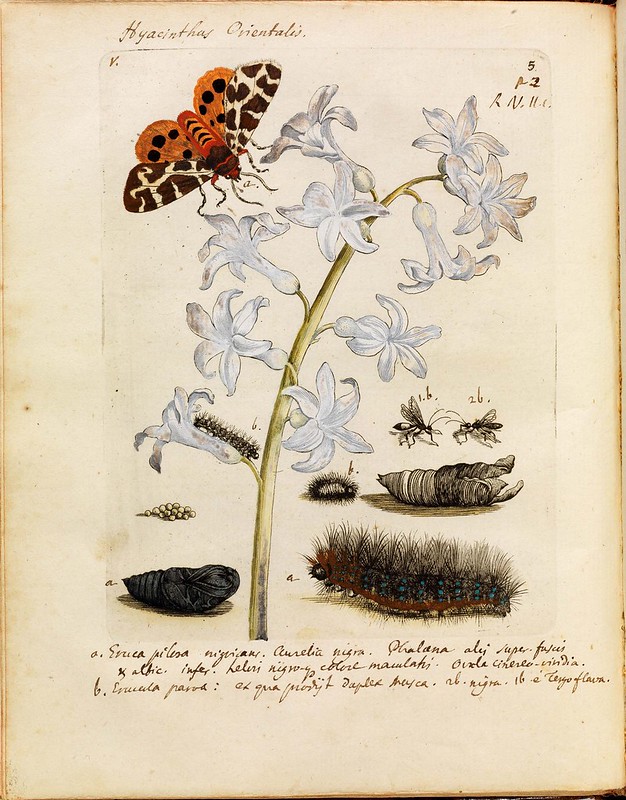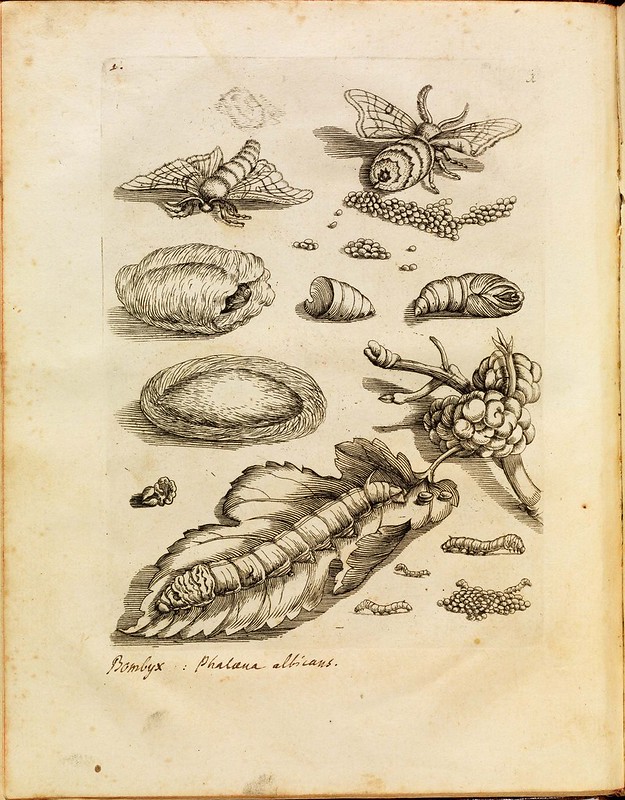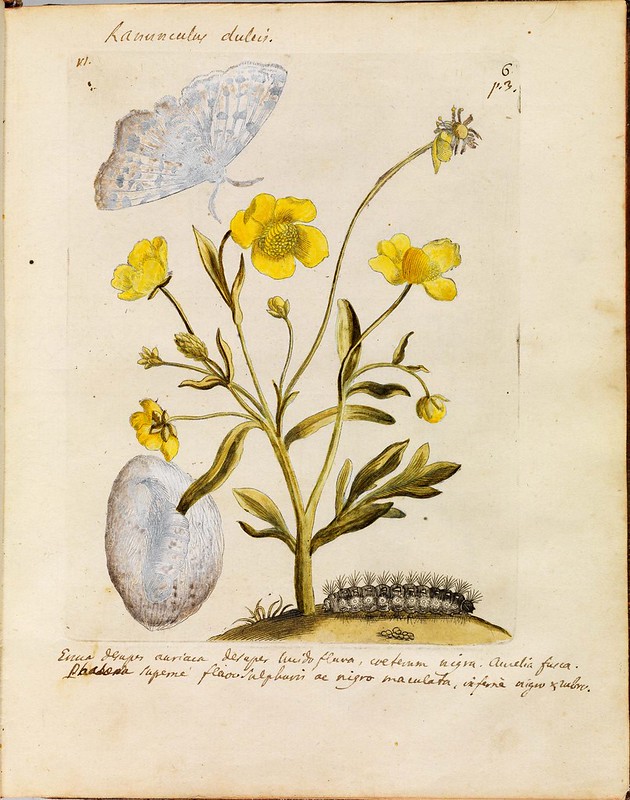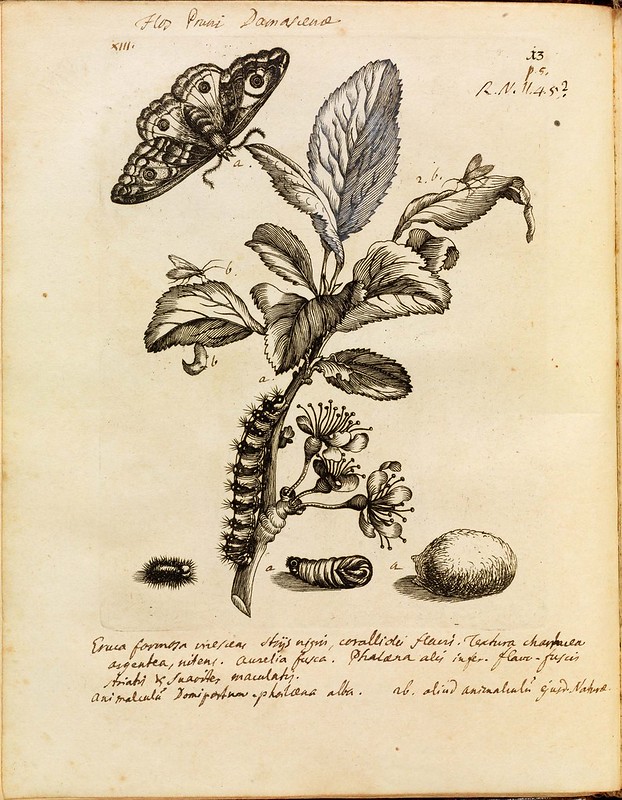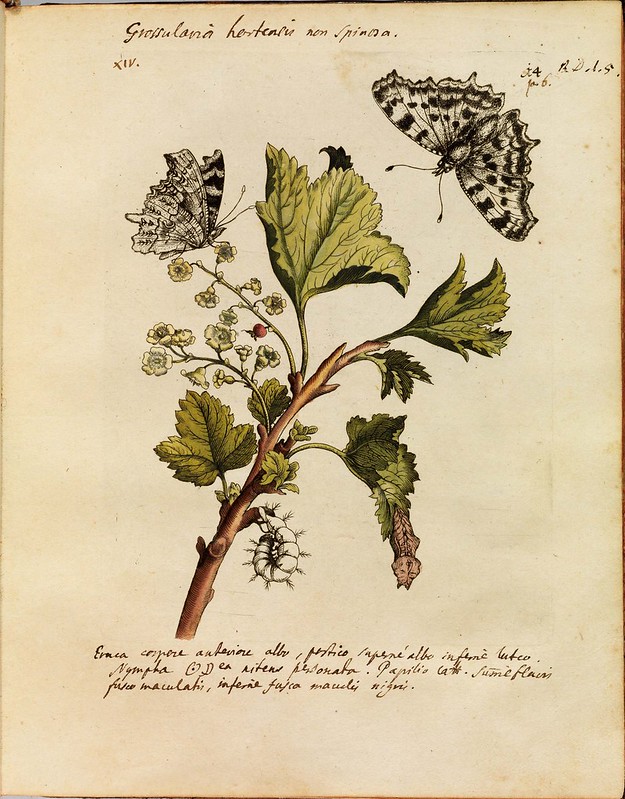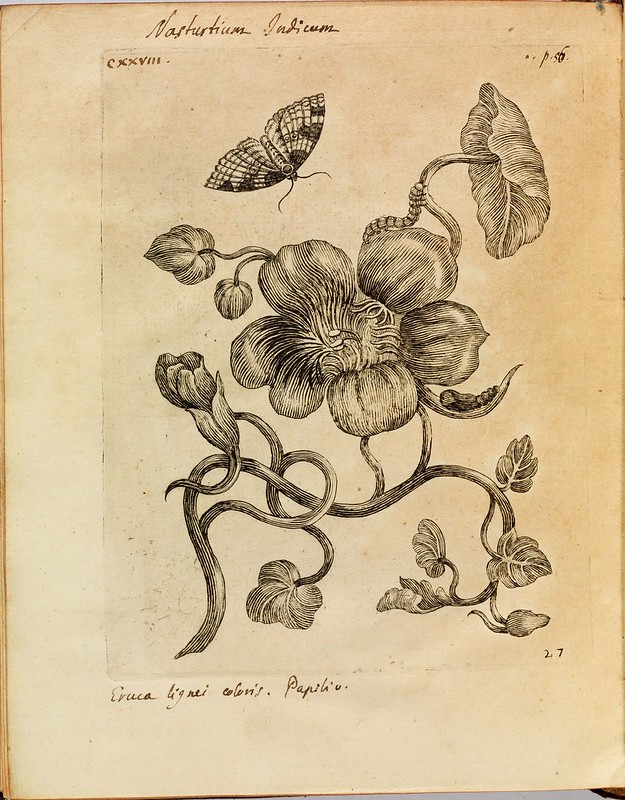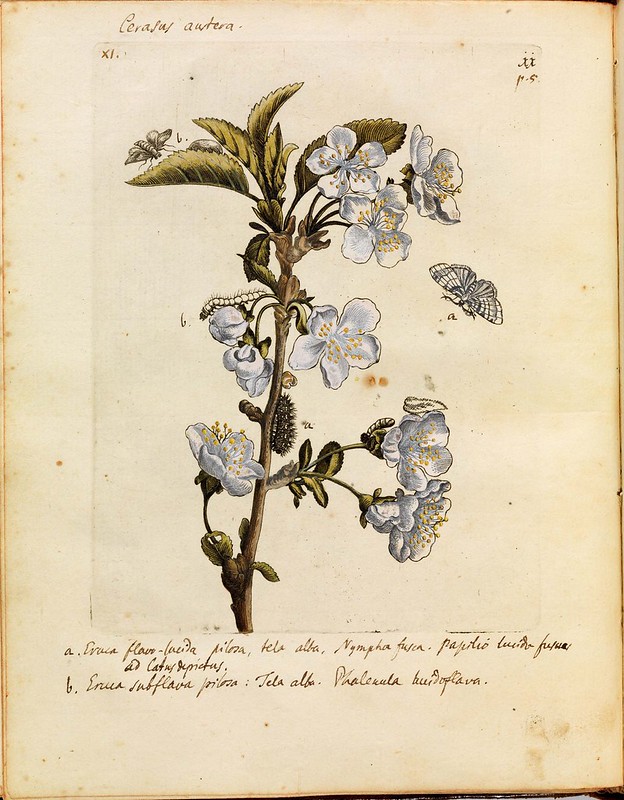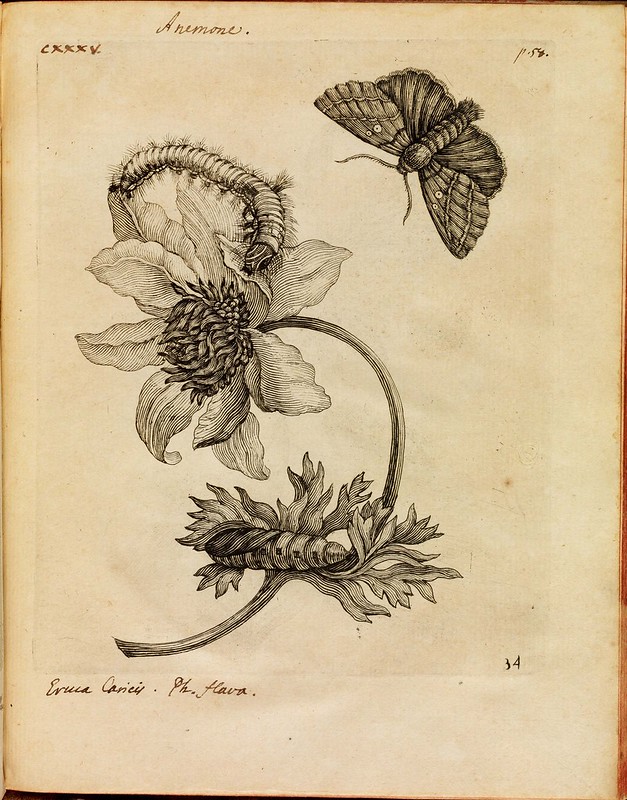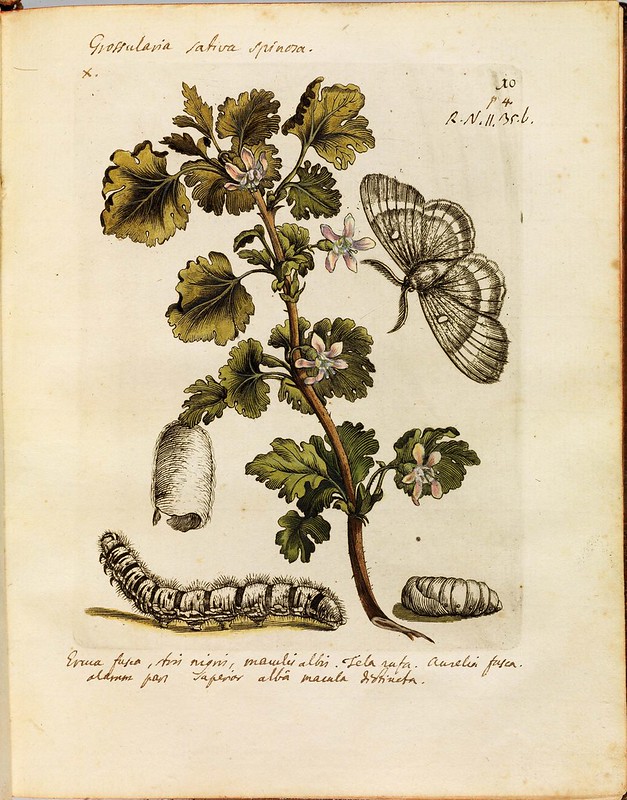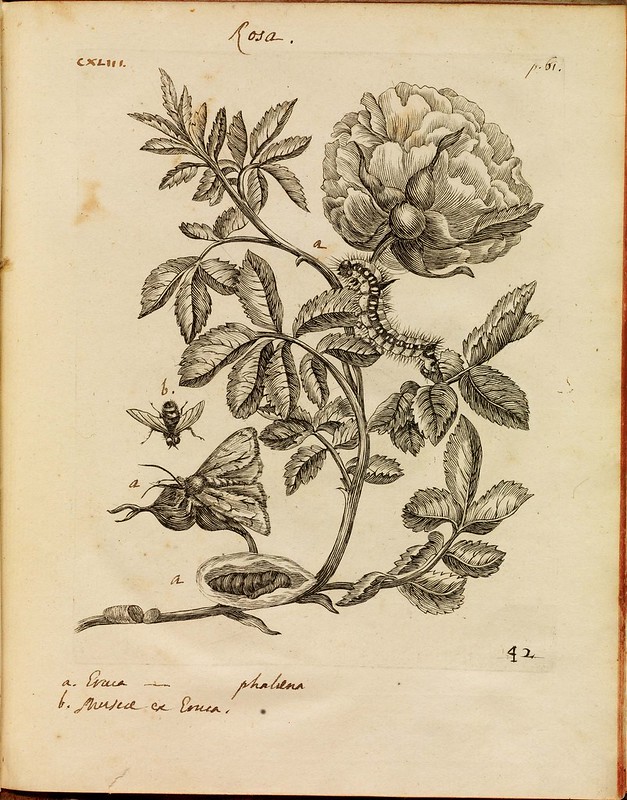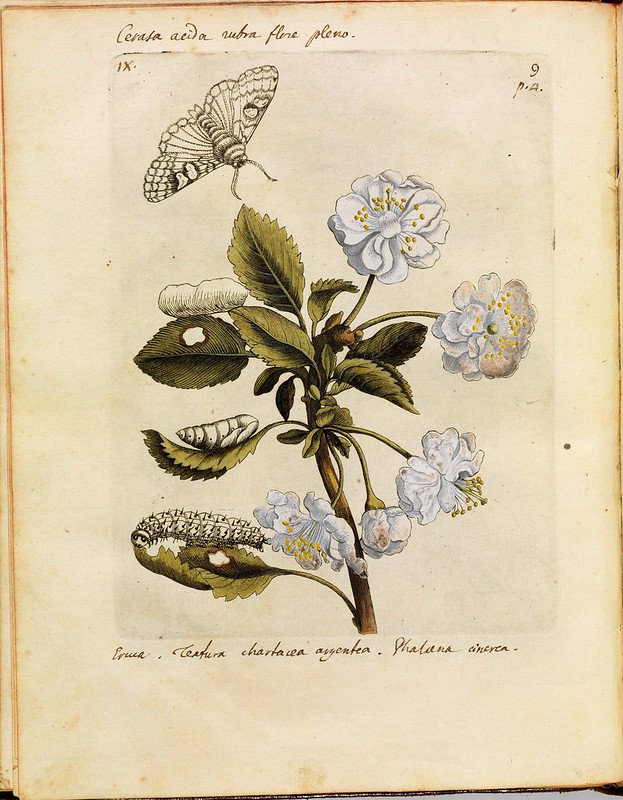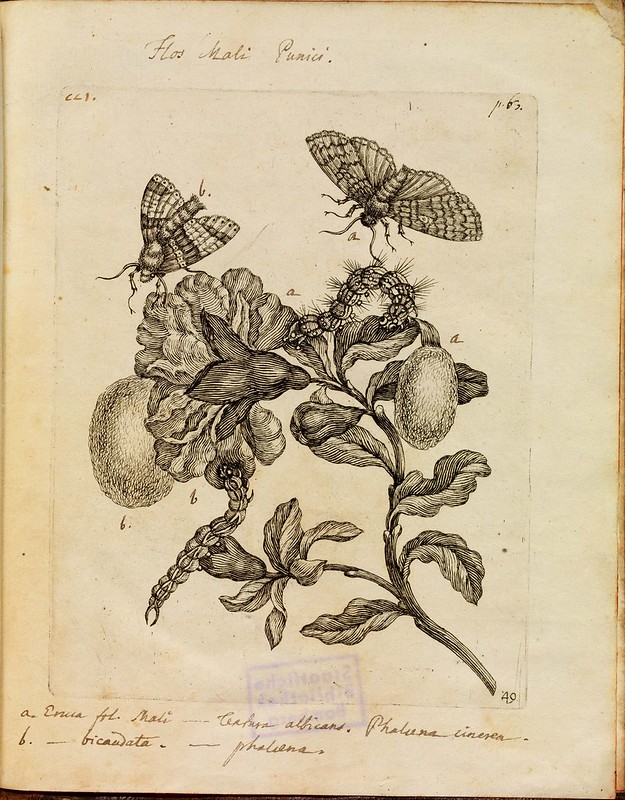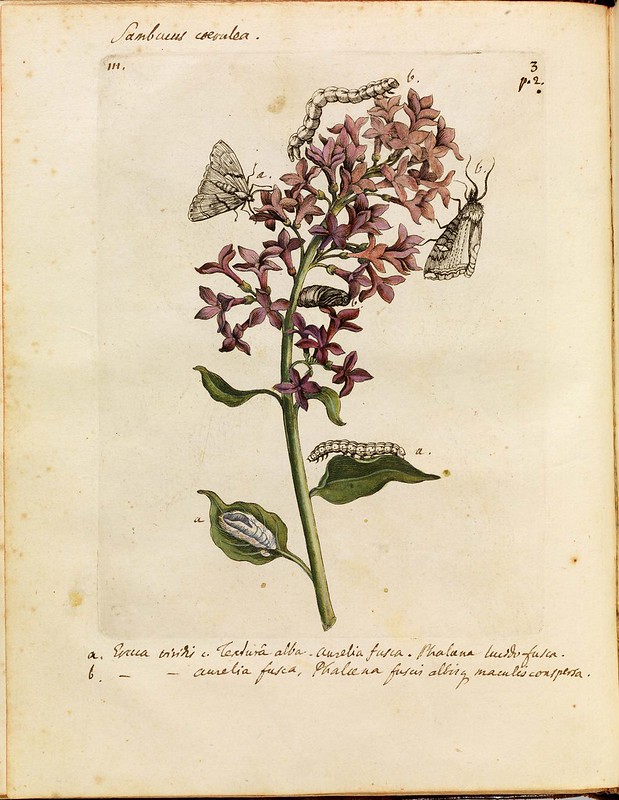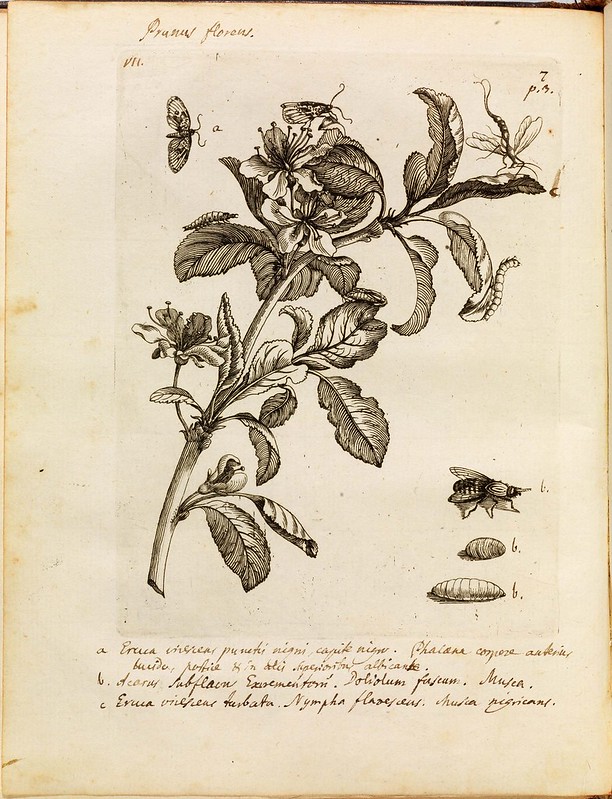The images below are Japanese posters
from ~the first quarter of the 20th century.
from ~the first quarter of the 20th century.
"The Taisho period^ (???? Taisho jidai?), or Taisho era, is a period in the history of Japan dating from July 30, 1912, to December 25, 1926, coinciding with the reign of the Emperor Taisho". Some of the posters carry over to the early Showa era: Emperor Showa (Hirohito)^ reigned from 1926 to 1989.
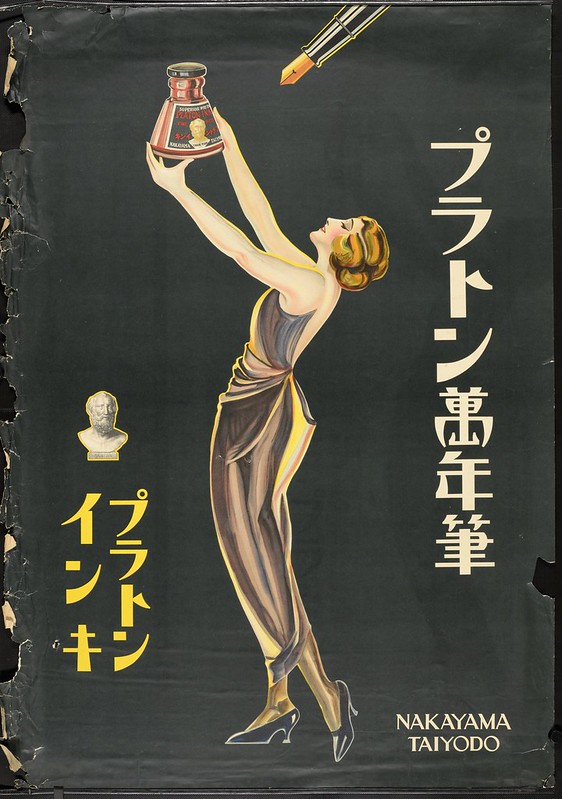
Title: Puraton mannenhitshu: Puraton inki [Woman with an ink bottle]
Description: A woman holding an ink bottle. Nakayama Taiyodo. Platon ink and pen (???????, ???????).
Subject (company): Nakayama Taiyodo; ?????
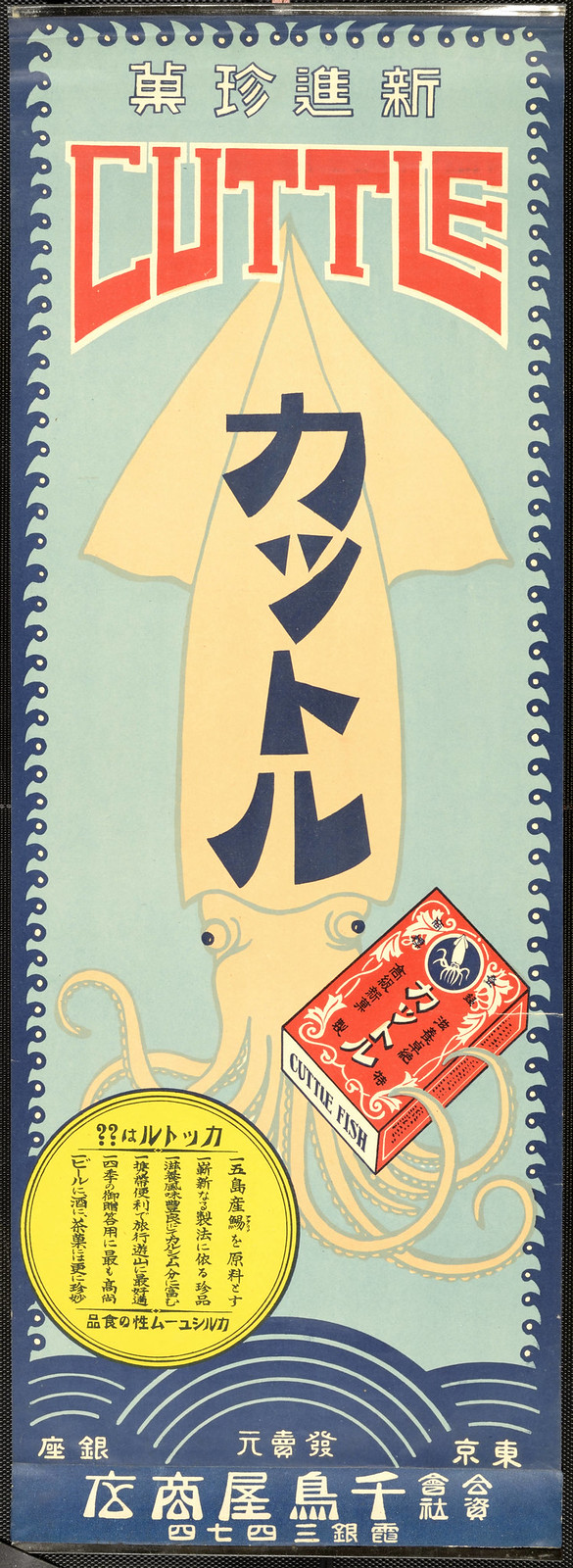
Title: Shinshin chinka Kattoru = Cuttlefish [Cuttlefish] ????????
Description: A cuttlefish. "Cuttle" or "Cuttle Fish" (a snack), Chishima-ya Shoten (?????).
Subject (Company): Snack foods
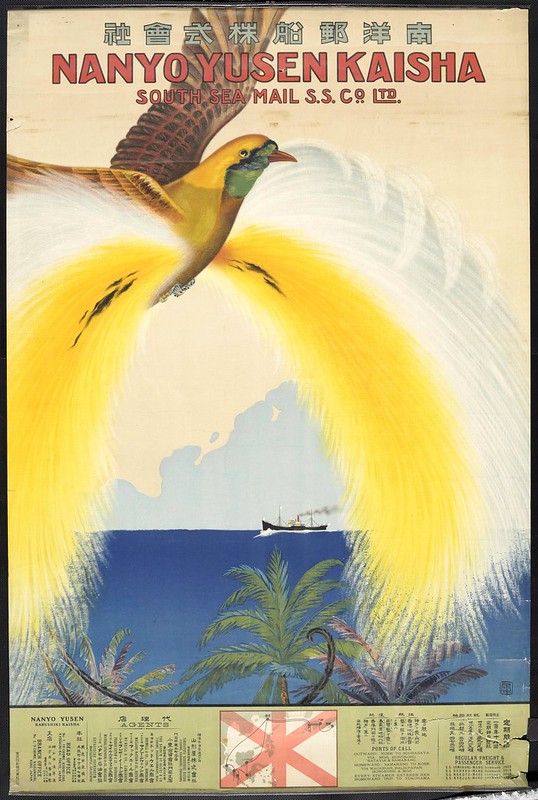
Title: Nan'yo Yusen Kabushiki Kaisha = Nanyo Yusen Kaisha = South Sea Mail S. S. Co., Ltd. [Bird]
Description: A tropical yellow bird flying over the ocean.
Subject (Company): Nan'yo Yusen Kabushiki Kaisha; ????????
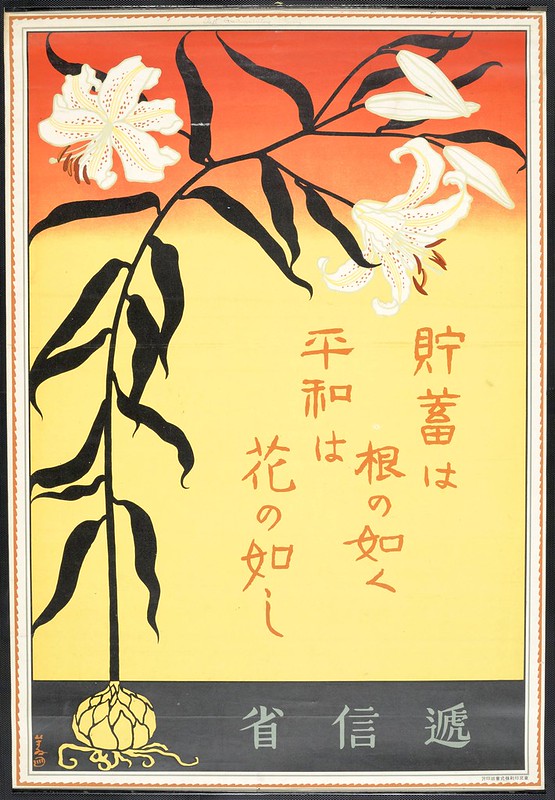
Title: Chochiku wa ne no gotoku, heiwa wa hana no gotoshi [Lillies] ???????, ???????
Description: Chochiku, chokin (Savings)
Subject (Company): Japan. Teinshinsho; Japan. ???
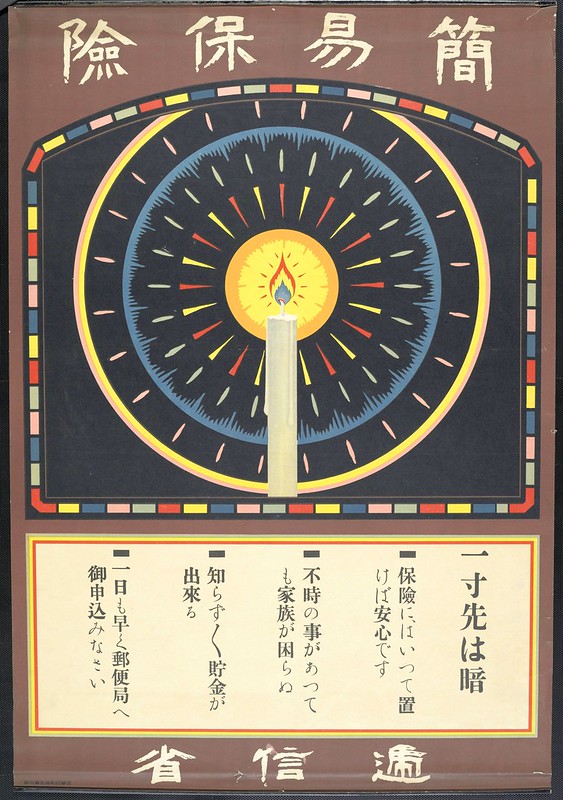
Title: Kan'i hoken: issunsaki wa yami [Candle] ????:?????
Description: Kan'i Hoken (Postal life insurance).
Subject (Company): Japan. Teinshinsho; Japan. ???

Title: Kabushiki Kaisha Tokyo Tsukiji Kappan Seizosho = The Tokyo Tsukiji Type Foundry, Ltd. [Goddess] ?????????????
Description: A goddess holding a musical instrument. Tokyo Tsukiji Type Foundry, Ltd. (?????????). Marked with "H" [Hirano, Tomiji ?????].
Subject (Company): Foundries
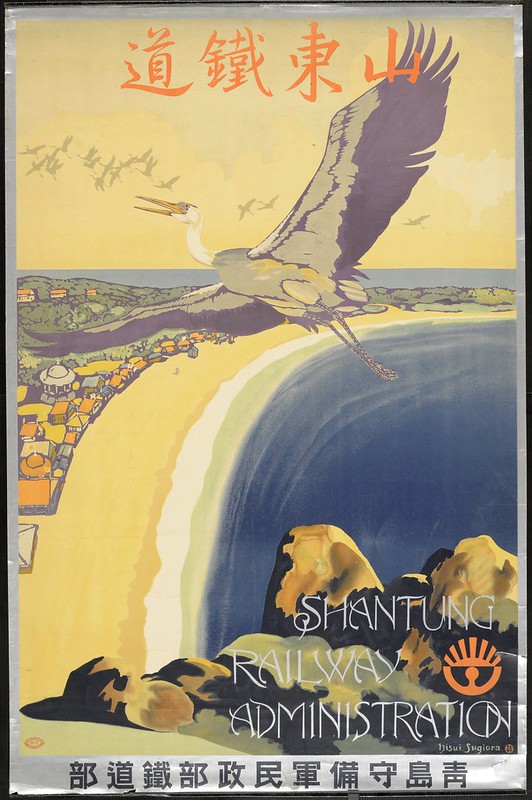
Title: Santo Tetsudo [Cranes] ????
Description: Cranes flying over Shantung. Santo Tetsudo. Shantung Railway Administration in the Chintao Garrison Army. Marked with [Shantung Railway's logo?]. ???????????.
Subject (Company): Railroad Companies
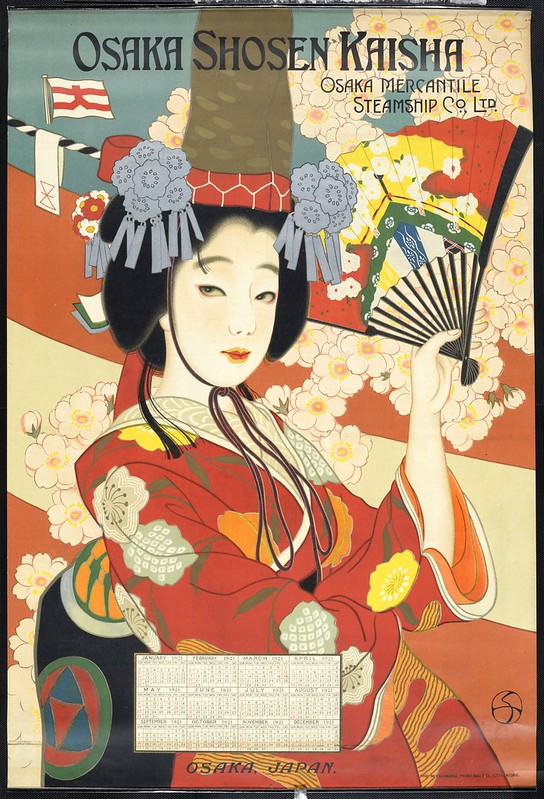
Title: Osaka Shosen Kaisha = Osaka Mercantile Steamship Co., Ltd. [Woman in red kimono]
Description: Osaka Mercantile Steamship Co. Ltd. A woman in red kimono holding a fan. Marked with the company's symbol, a flag with a character "?."
Subject (Company): O�saka Sho�sen Kabushiki Kaisha ????????
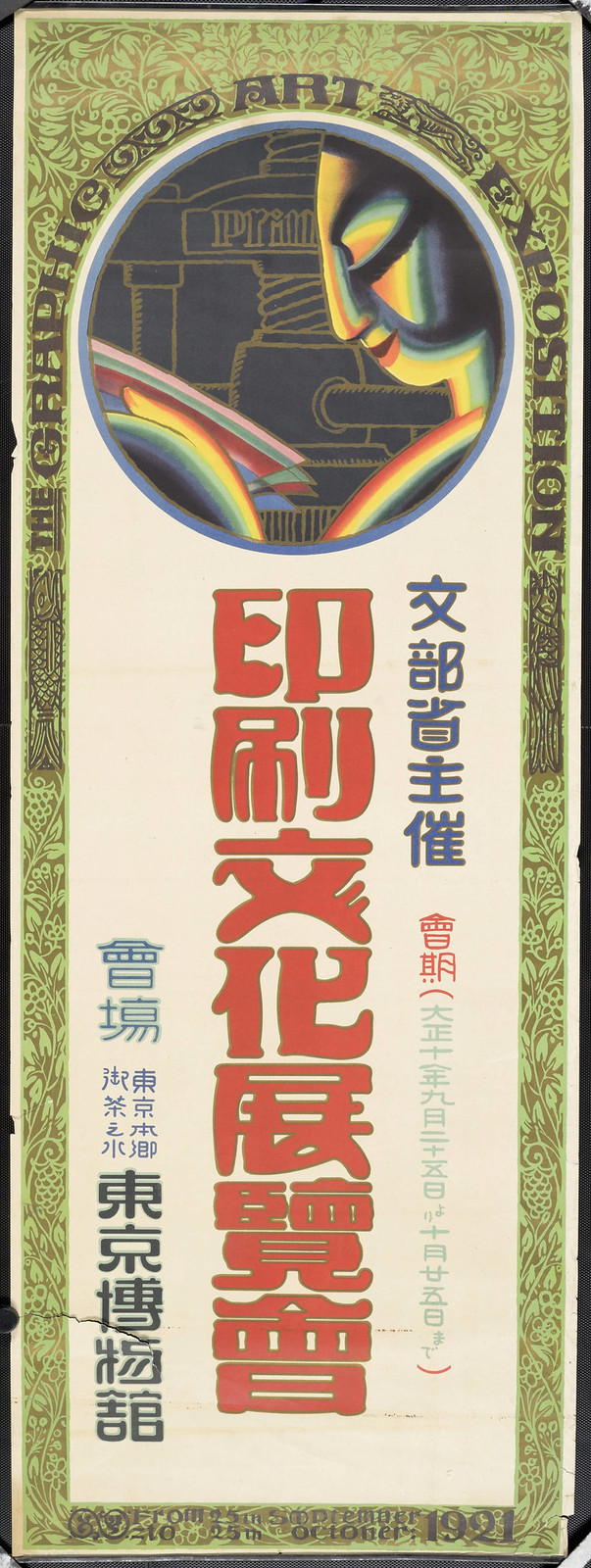
Title: Monbusho shusai Insatsu Bunka Tenrankai = The Graphic Art Exposition: kaiki Taisho junen kugatsu nijugonichi yori jugatsu nijugonichi made = from 25th September to 25th October, 1921: kaijo Tokyo Hongo Ocha no Mizu Tokyo Hakubutsukan [Insatsu Bunka Tenrankai] ????????????: ?????????????????????: ???????????????
Description: Graphic Art Exposition - Insatsu Bunka Tenrankai, held at Tokyo Hakabutsukan, September 25 - October 25, 1921.
Subject (Company): Exhibitions / Tokyo
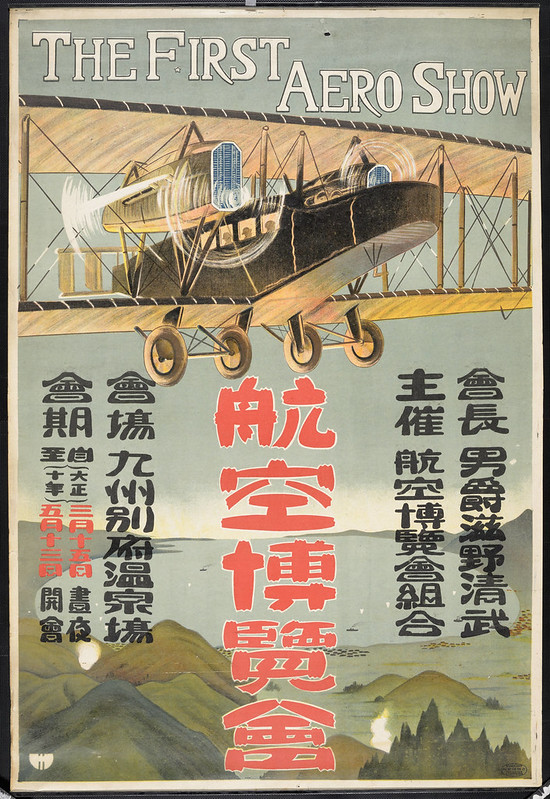
Title: Kuko Hakurankai = The First Aero Show: kaicho Danshaku Shigeno Kiyotake, shusai Kuko Hakurankai Kumiai: kaijo Kyushu Beppu Onsenjo, kaiki Taisho junen sangatsu jugonichi yori gogatsu jusannichi made [Airplane] ?????: ????????, ?????????: ?????????, ??????????????????
Description: First Aero Show, held in Kyushu, March 15 - May 13, 1921, and chaired by Baron Shigeno Kiyotake (????).
Subject (Company): Shigeno, Kiyotake, 1882-1924 ????, 1882-1924
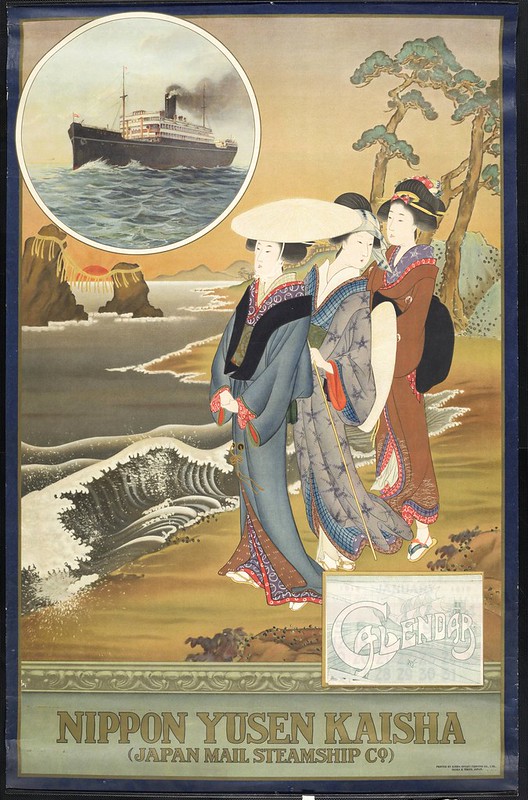
Title: Nippon Yusen Kaisha = Japan Mail Steamship Co. [Three ukiyo-e women]
Description: Three Ukiyoe women in kimono standing at the shore
Subject (Company): Nihon Yusen Kabushiki Kaisha ????????
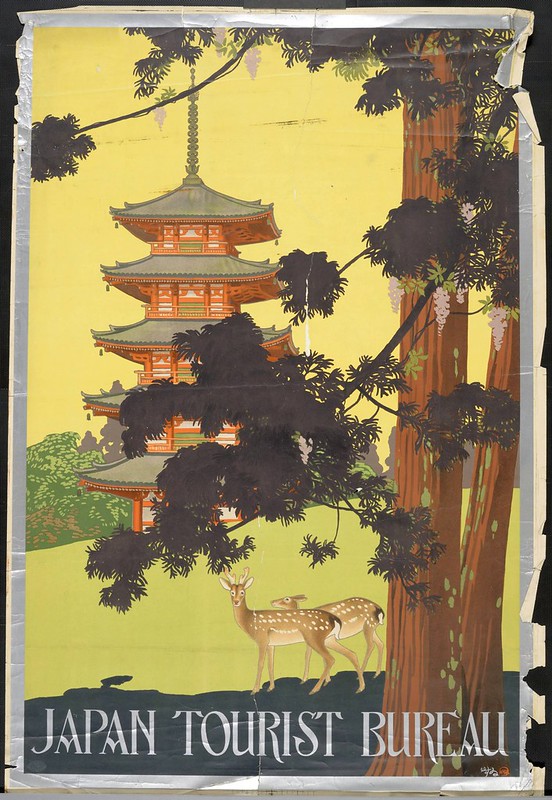
Title: Japan Tourist Bureau [Five-story pagoda]
Description: A deer, a pagoda, and pine trees.
Subject (Company): Nihon Kotsu Kosha Japan Tourist Bureau ?????? (Railroad Companies)
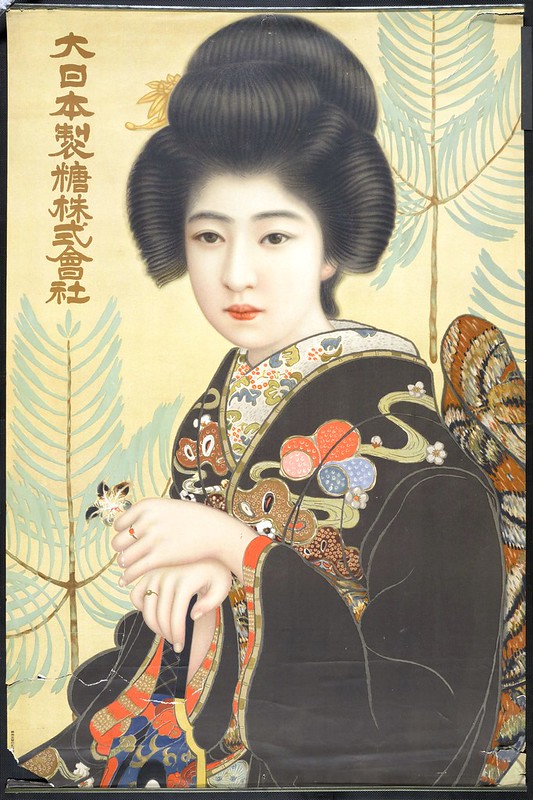
Title: Dai Nippon Seito Kabushiki Kaisha [Woman in black kimono] ?????????
Description: A woman in black kimono. Sugar refining company.
Subject (Company): Dai Nippon Seito Kabushiki Kaisha; ?????????
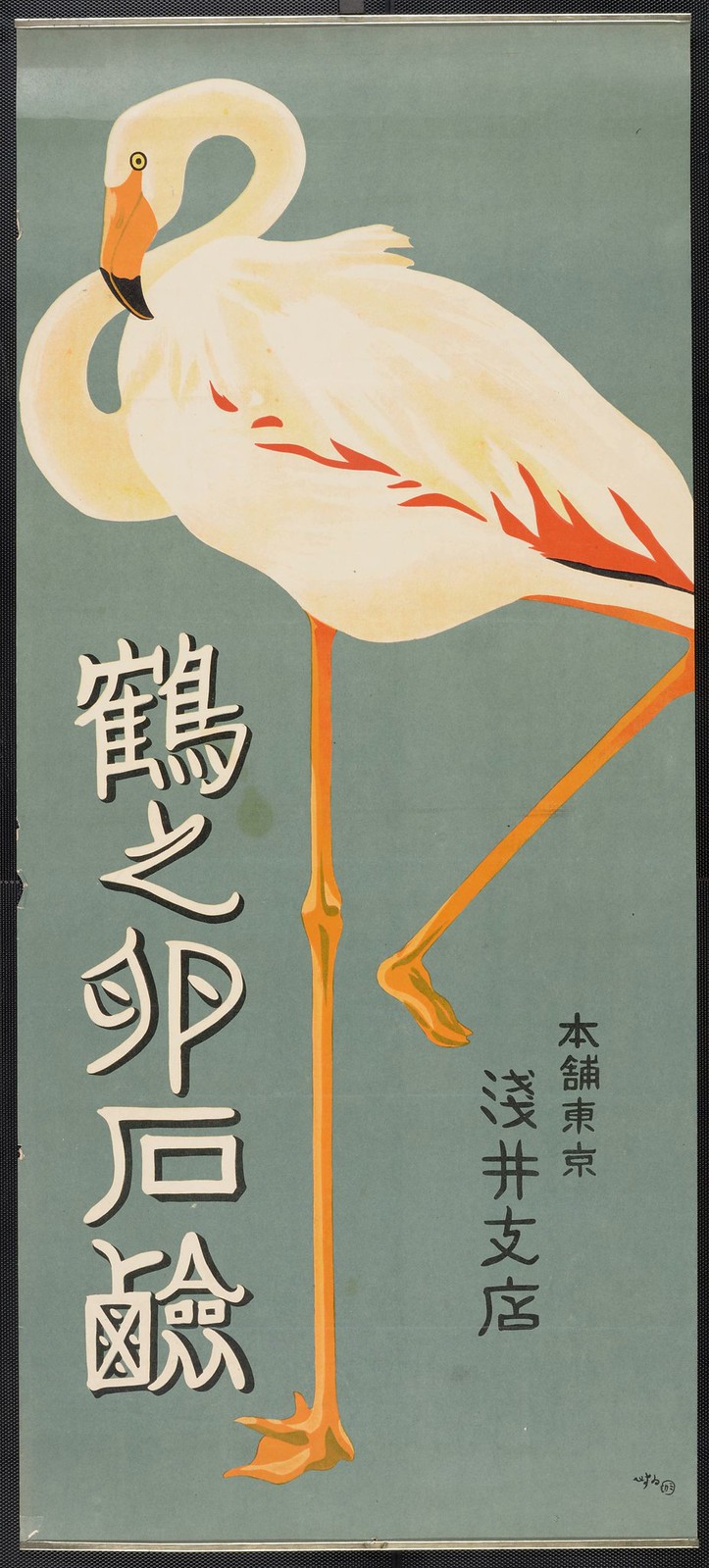
Title: Tsuru no Tamago Sekken [White crane] ?????
Description: A white crane. Tsuru no Tamago Sekken (soap). Asai Shiten (????)
Subject (Company): Cosmetics--Manufacture
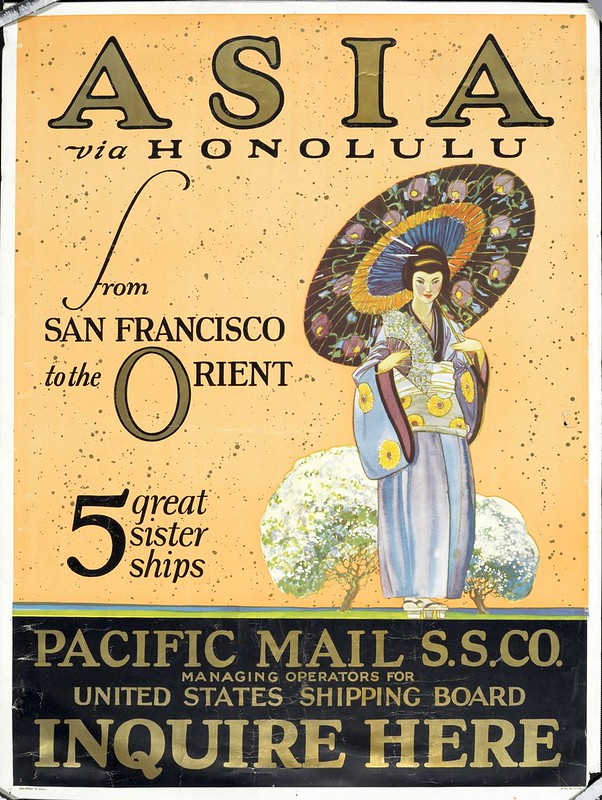
Title: Asia via Honolulu from San Francisco to the Orient: 5 great sister ships [Woman with an umbrella]
Description: An American steamship company
Subject (Company): Pacific Mail Steamship Company
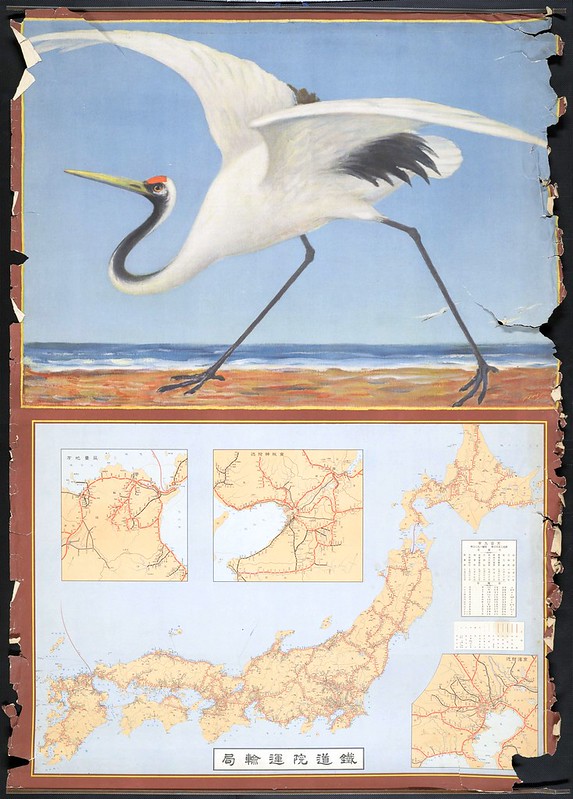
Title: Tetsudoin Un'yukyoku [Crane] ??????
Description: A crane and railway maps of Japan. The Transportation Division of the Railway Bureau
Subject (Company): Japan. Tetsudo�sho�. Un'yukyoku Japan. ???. ?b ???
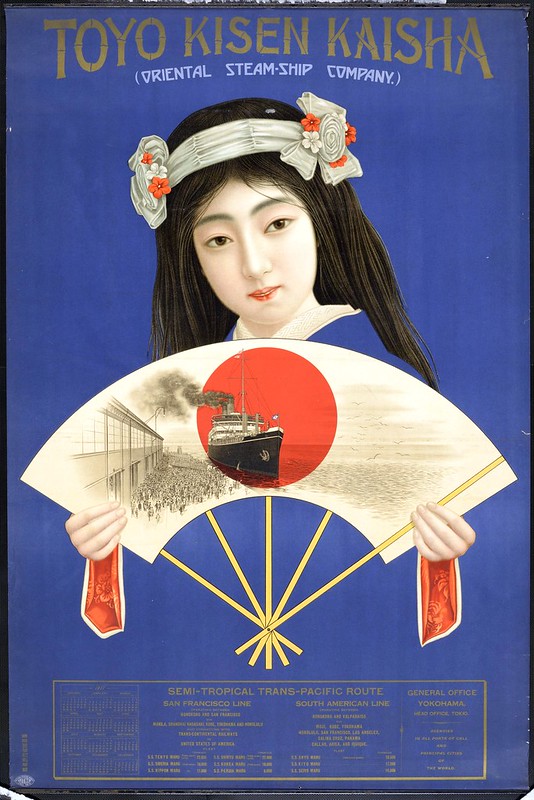
Title: Toyo Kisen Kaisha = Oriental Steam-Ship Company [Woman with a fan]
Description: A woman in blue kimono holding a fan
Subject (Company): To�yo� Kisen Kabushiki Kaisha ????????
The University of Southern California's Digital Library display a series of early 20th century Japanese posters, contributed by USC's East Asian Library.
The poster topics in the collection include: travel, Ministry of Communications, commercial products and companies, and expositions.
Thanks to Will C!
This post first appeared on the BibliOdyssey website.




